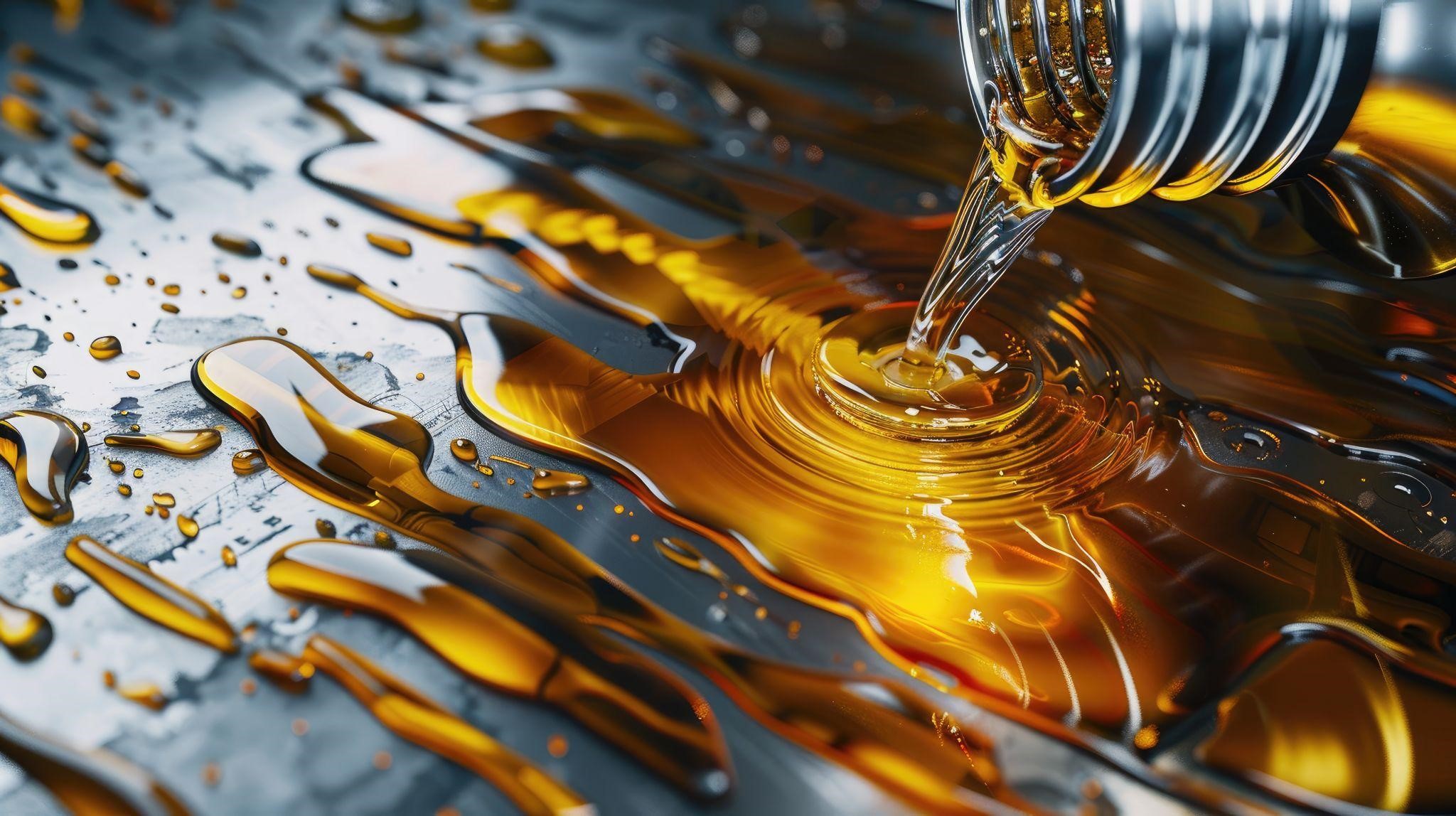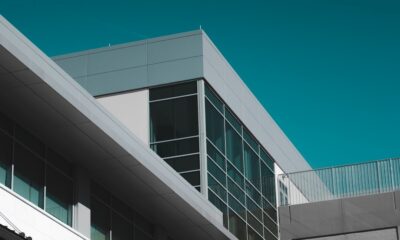BUSINESS
Molybdenum Disulfide (MoS2) As A Dry Lubricant

Molybdenum disulfide (MoS2) or Moly occurs naturally as mineral ores, Molybdenite and Jordisite. It is an inorganic compound and exhibits good lubricating properties. The lubricating property of MoS2 is due to its crystal structure.
MoS2 is a layered lattice material with two layers of Sulphur atoms separated by a layer of Molybdenum atoms. Within the layers, the atoms are bonded with strong covalent bonds, while the layers are connected by weak Van der Waals forces. In the structure, the bonds within the layers are strong and the forces connecting the layers are weak.
In the crystal structure, the distance between the Molybdenum atoms and the nearest Sulphur atoms is around 2.41 ± 0.06 A. The distance between the two adjacent Sulphur layers is 3.49 A. The greater distance between the Sulphur layers result in a tendency to cleave easily along the Sulphur layers.
When a shear force is applied, the layers easily slide past one another, leading to a low coefficient of friction. The layers tend to align themselves parallel to the direction of movement and adhere to the sliding surface. The strong covalent bonds within the layers show good load-carrying capacity.
MoS2 is a solid material and cannot be squeezed out like any liquid lubricant in extreme pressure conditions. It forms a boundary layer and does not allow direct contact between the two lubricating surfaces. It reduces friction and wear and ensures smooth operation of the machinery.
Lubricating sliding surfaces using MoS2
When the sliding surfaces are rough on a microscopic scale the two surfaces touch each other at the small regions of contact. The regions of contact are much smaller than the total area of the sliding surface.
These contact points experience considerable higher stress than that of the total surface area. As the two surfaces slide relative to each other the frictional forces add to stresses at the contact points. The resultant stress may cause deformation of the contact points.
The sliding surface may be ‘Sieze’ or ‘Gall’ due to the deformation at the contact points. The two surfaces may cold weld to each other and there may be a transfer of material from one surface to another. This causes an increase in friction and further operation may be impossible without damaging the sliding surfaces.
For this reason MoS2 is used to maintain the separation of the sliding surfaces under compressive loads. MoS2 provides a boundary layer between the two sliding surfaces. Molybdenum disulfide powder is an excellent anti-galling material as it has high compressive strength and adheres to the sliding surfaces. MoS2 can be applied between the two sliding surfaces using techniques like ‘Vacuum spluttering’ or you can drop the loose powder between the two surfaces. MoS2 can provide effective lubrication up to a temperature range of 500° C under high load conditions.
Forming MoS2 monolayers
Several approaches are used to get a MoS2 monolayer. Some of them are as follows:
Mechanical exfoliation
In this a ‘Scotch-tape’ approach is used where gluey tape is applied to the rock mass crystal and peeled away. A slim layer of MoS2 sticks to the adhesive tape. The process is repeated till a single mono-layer structure forms. It is converted to a substrate layer. The monolayer yield is poor but they are of good quality. This method is still used for research purposes.
Solvent exfoliation
It uses a natural dissolvable method to separate the mass rock crystals into monolayers. A surfactant is added periodically to prevent the layers from restacking. This method produces delicate and thin films. It relies on the solvent’s ability to weaken the Van der Waals forces which hold the layers together.
Intercalation
Mass rock crystals are immersed in a solution containing Lithium ions which diffuse among the layers. Next, H2O is added which reacts with the Lithium ions to produce Hydrogen. Hydrogen pushes the layers and separates them. Thermal annealing is done to get the desired structure.
Vapour deposition
To get MoS2 films, MoO3 is enhanced in the presence of Sulphur at a high temperature of about 1000° C. Molybdenum metal and Ammonium thiomolybdate are charged in a reactor heater to get gaseous precursors. The substrate is heated and the fumes react with the heated surface of the substrate to produce MoS2 films.
Conclusion
MoS2 exhibits good lubricating properties due its lamellar crystal structure. It can be placed between two sliding surfaces to reduce friction and wear. MoS2 can be used for lubrication in dry lubrication conditions. There are several methods used to produce monolayers of MoS2.

-

 BUSINESS3 months ago
BUSINESS3 months agoOn the Frontlines of Conservation: The Role of Tracker Academy Graduates in Anti-Poaching
-

 NEWS3 months ago
NEWS3 months agoLeading Law Firms Specializing in Real Estate Expertise
-

 GUIDE3 months ago
GUIDE3 months agoComparing Online Ordering vs. In-Store Visits at Cannabis Dispensaries
-

 HOME IMPROVEMENT3 months ago
HOME IMPROVEMENT3 months agoExtend Roof Life with Professional Commercial Repairs